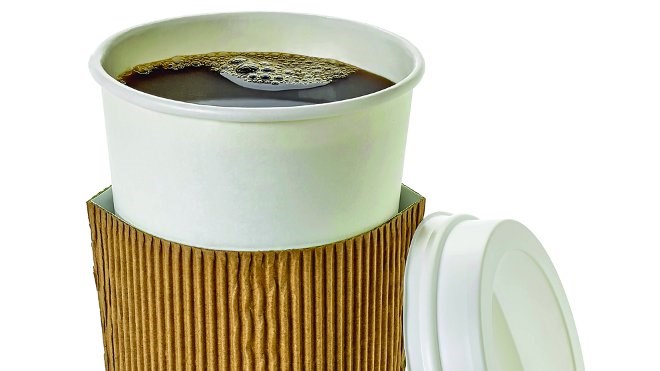How does coffee work?
It’s simple, really: you drink the coffee, then you’ve got energy. It’s just basically liquid fuel, right?
Actually, the boost we get from caffeine is a clever bit of brain trickery. Caffeine is very similar in structure to one of the brain’s own neurotransmitters: adenosine. One of adenosine’s jobs is to slow neural activity and make you drowsy. Because of its structure, caffeine can bind to adenosine receptors and prevent adenosine from doing its job. As an added result, another part of the brain, the pituitary gland, senses an emergency: neural activity isn’t slowing even though the adenosine receptors are bound. The pituitary gland’s solution? Signal the production of adrenaline to make the body more alert and ready for action.
This isn’t the only way in which coffee tricks the brain: it also manipulates a neurotransmitter called dopamine, which activates the pleasure centre of the brain (called the nucleus accumbens). This is what makes caffeine so addictive.
When you drink it matters
Caffeine gives us an extra boost when our cortisol levels are tapering off. Cortisol is best known as the “stress hormone”, but it plays a large role in metabolism and blood sugar regulation; at peak levels it is keeping the body alert and awake. Interestingly enough, cortisol tends to peak around 8 to 9 a.m., 12 to 1 p.m. and 5:30 to 6:30 p.m. (assuming you wake up sometime between 6 and 8 a.m.), so if you are grabbing a coffee the moment you wake up, you’re doing it wrong. For many people, the optimal time to grab a cuppa joe is sometime between 9:30 and 11:30 a.m., when your body’s cortisol levels have dropped off.
Biohacking your coffee: a new fad
There’s been growing buzz about something called “bulletproof coffee” lately. Essentially, it’s coffee with grass-fed butter stirred in. Biohacker Dave Asprey created the recipe in order to experiment with his diet in hopes of improving his body’s performance. He suggests that this coffee-butter concoction should replace a standard breakfast for increased energy and weight loss. Nutritionists tend to disagree: although grass-fed butter absolutely has its merits in small portions (rather than Asprey’s suggested 2 tbsp per mug of java), and although some people, notably those who are adapted to a ketogenic diet (i.e., high fat, no carb diet), would thrive with this meal replacement, most people would find that bulletproof coffee does not supply the nutrients that a full breakfast would.
Nina Nesseth is a science communicator at Science North. Visit the science centre's Cool Science blog to learn some more Cool Science!
Join Sudbury.com+
- Messages
- Post a Listing
- Your Listings
- Your Profile
- Your Subscriptions
- Your Likes
- Your Business
- Support Local News
- Payment History
Sudbury.com+ members
Already a +member?
Not a +member?
Sign up for a Sudbury.com+ account for instant access to upcoming contests, local offers, auctions and so much more.
